Hood Century and Limbo Accra reflect on a new Black spatial reality
In a new series of profiles, we follow Ghanaian spatial design studio Limbo Accra on a journey that explores its collaborations. Limbo Accra's rich network developed through global partnerships that founder Dominique Petit-Frère nurtured with leading urban space-makers and architectural enthusiasts. The series discusses critical issues of our time, such as design intention, intergenerationality, creativity and change through Africa and its diaspora. First up, the spotlight turns to Jerald ‘Coop’ Cooper of online platform Hood Century
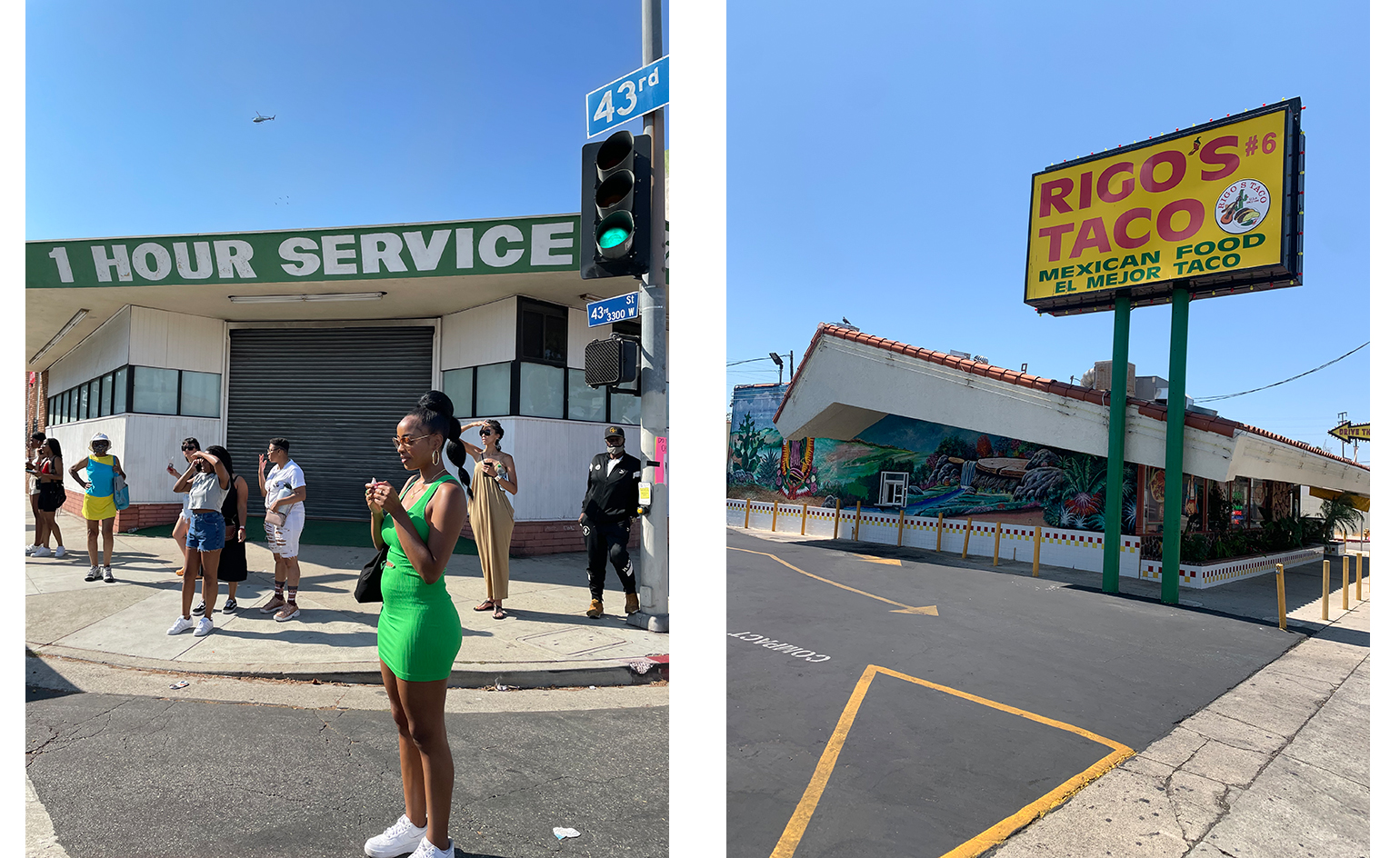
Hood Century is an online platform founded by Jerald ‘Coop’ Cooper in 2019. The project, blending Black culture and modernist architecture, was conceived as a space dedicated to documenting midcentury finds from Coop's childhood neighbourhood in Cincinnati. In so doing, the platform soon became a springboard to unpack myriad themes, exploring the intersection between archive, education and activism in urban preservation.
Coop and Dominique Petit-Frère, founder of pioneering Ghana-based spatial practice Limbo Accra, connected through their shared interest in the built environment and how it is experienced through the lens and perspective of Africa and its diaspora. The fruit of their collaboration takes form in a new architectural initiative gearing up to unfold in Accra at the end of the year.
As a Black person, Coop has often felt disillusioned when navigating design spaces. ‘We love architecture and design, but we want to feel like we can participate,' he says. ‘Why is the dominant way of presenting [art] in a white gallery? What if Black art was never made for that space?’
It is a point Petit-Frère can relate to: ‘A lot of it wasn’t. From my practice in Ghana, which focuses on activating incomplete architecture, I found that many of these works are structural units that need to take up space.'
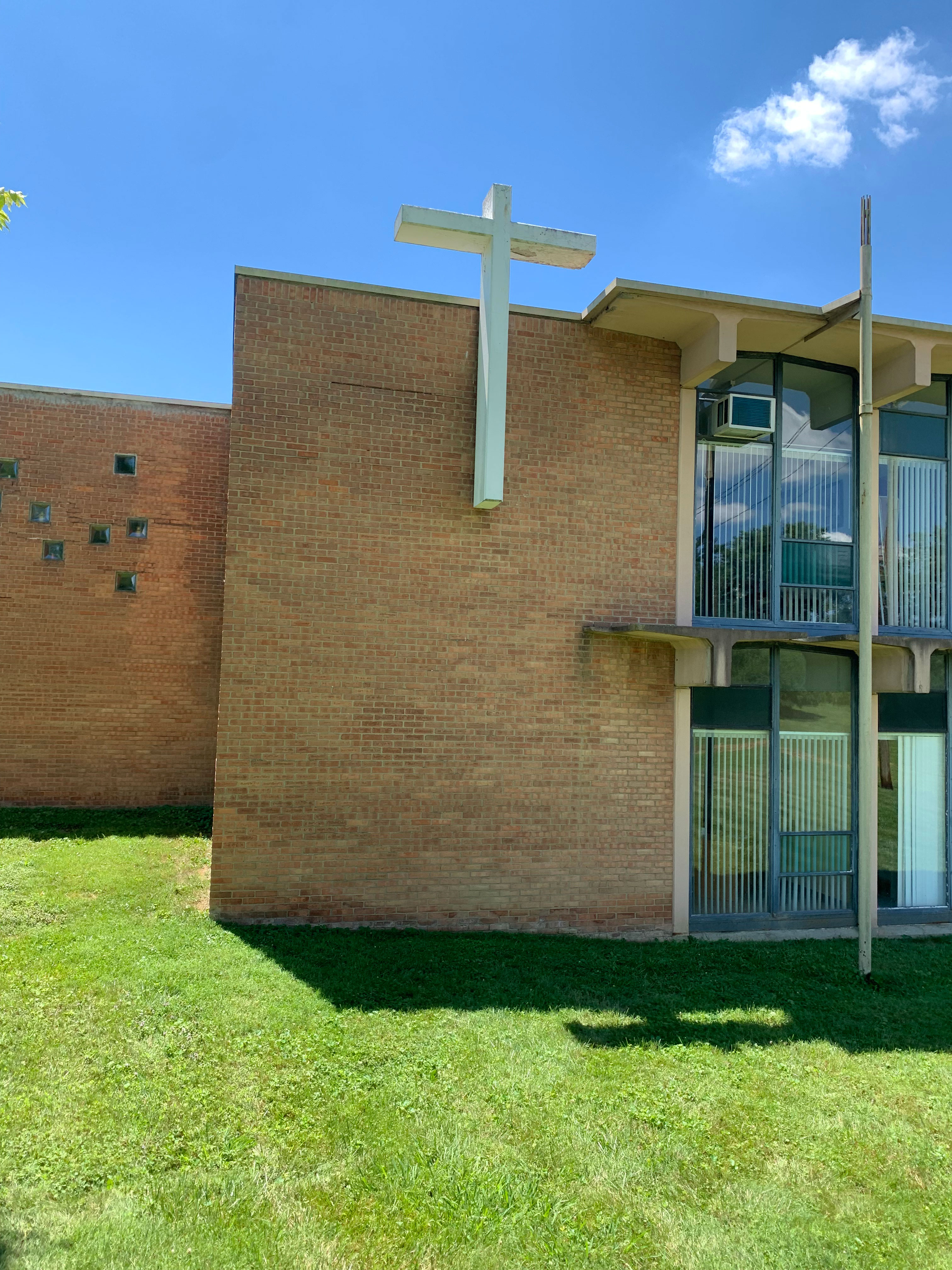
Church in Cincinnati, OH.
When it comes to penetrating architecture and design spaces, for Coop ‘it’s all in the language’. He maintains that a lack of access to the language surrounding design compounds over generations into an ‘inherited design knowledge’ gap and ‘radical change’ is needed to disrupt this cycle. Acting as an antidote, Hood Century, highlights the places where Black culture and modernist urban experiences intersect. When people intentionally travel to the sites that Coop has pinpointed, ‘the community will activate itself’, he says.
In this way, he not only documents design, but makes it accessible and endeavours to democratise it for communities both online and offline. The same ethos shapes this upcoming collaboration between him and Limbo Accra – a shared investigation into midcentury sites in Africa, through a guide to ‘must see architectural attractions’. The collaboration will launch in Accra this December, with an exhibition and preservation initiative.
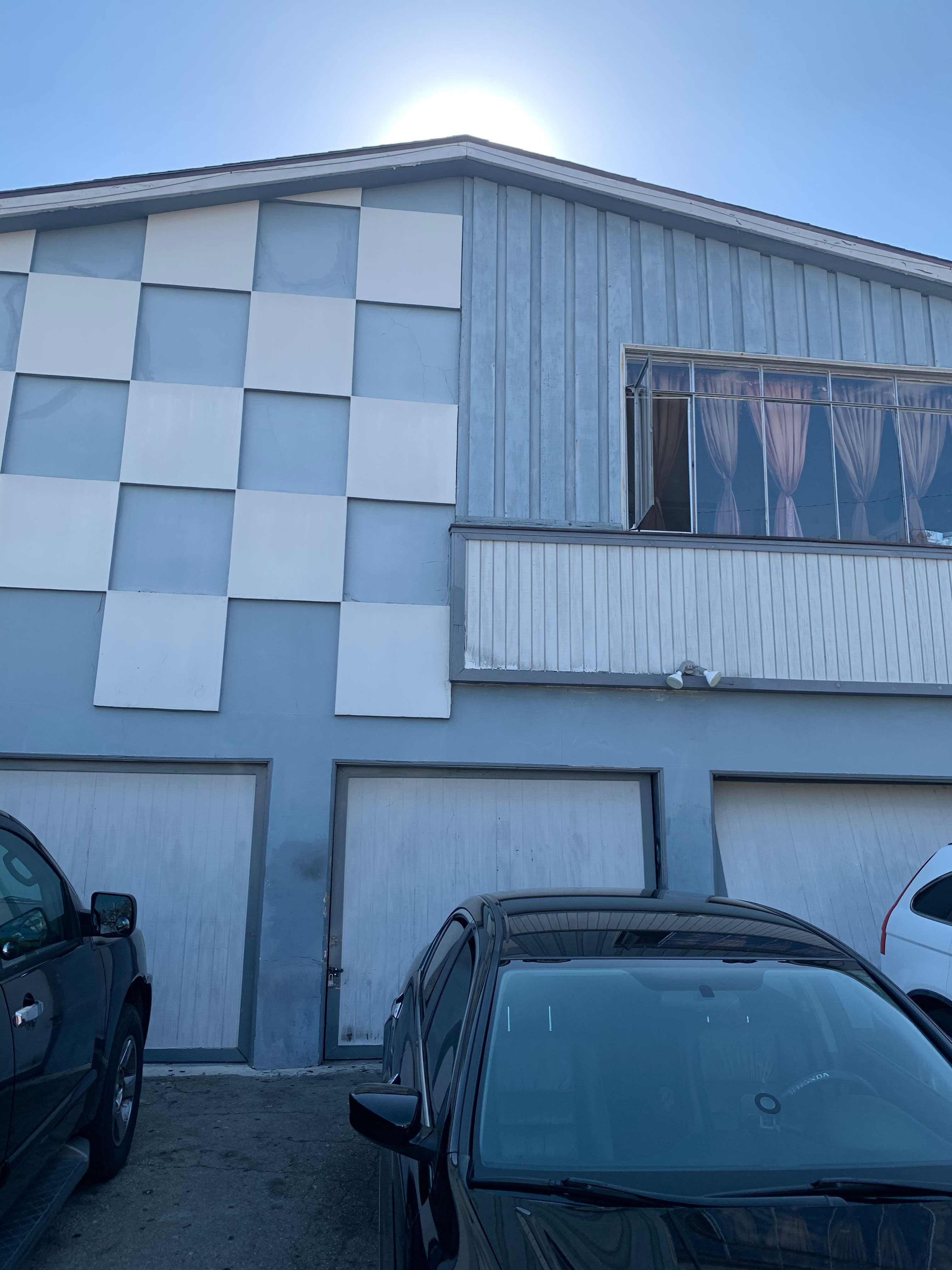
Shades of blue in Gardena, CA.
The documentation process that is so integral to Hood Century speaks to another passion of Coop’s – the notion of the archive. ‘It is the most important thing to a Black family,’ he explains, adding that by documenting the stories of our surroundings, we become active informants to future generations. ‘My uncle took pictures of the same things that I'm photographing,' he says. Now, living in the same neighbourhood his father grew up in, Coop feels this sense of shared history through urban space in many ways: ‘He used to shine shoes at the baseball stadium – exactly where my studio is. I walk through, and feel his energy in the street.’
Wallpaper* Newsletter
Receive our daily digest of inspiration, escapism and design stories from around the world direct to your inbox.
Despite feeling recharged by this ancestral energy, Coop also speaks of a pain from infrastructural racism that people of his father’s generation faced, and many Black communities continue to face in light of rapid urban development. While the journey to unearthing these traumas is far from over, through Hood Century, Coop continues to encourage us to decolonise our minds, to challenge the language used in design and to ask ourselves: ‘How do we tangibly document and cultivate design perspectives led by Africans and African diasporans, for future generations?’
This question and more will continue to be explored in this new series of profiles by Wallpaper* and Limbo Accra. Watch this space.
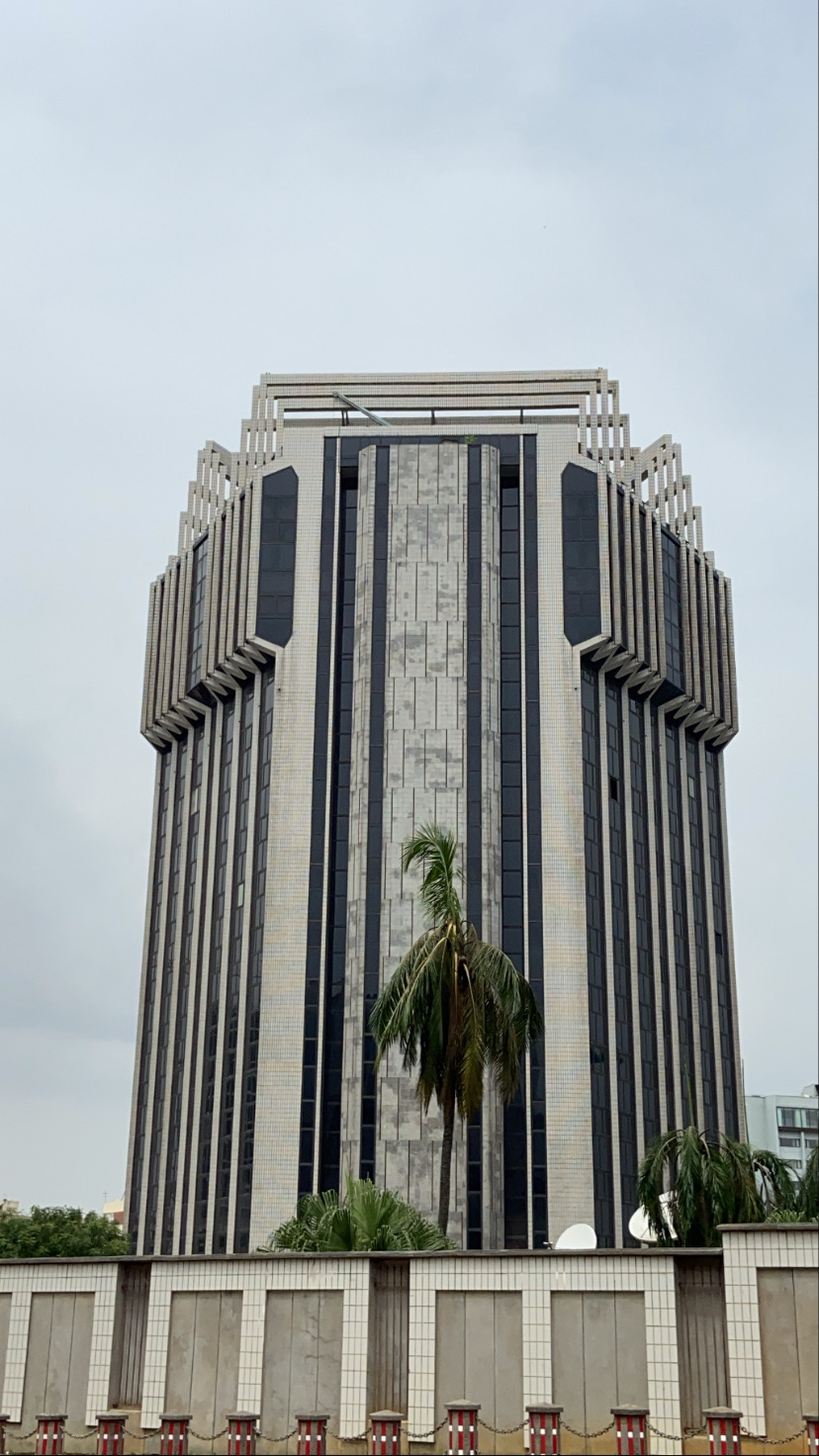
Architecture in Abidjan, Ivory Coast, shot by Dominique Petit-Frère for Limbo Accra, and inspired by Hood Century’s documentation process
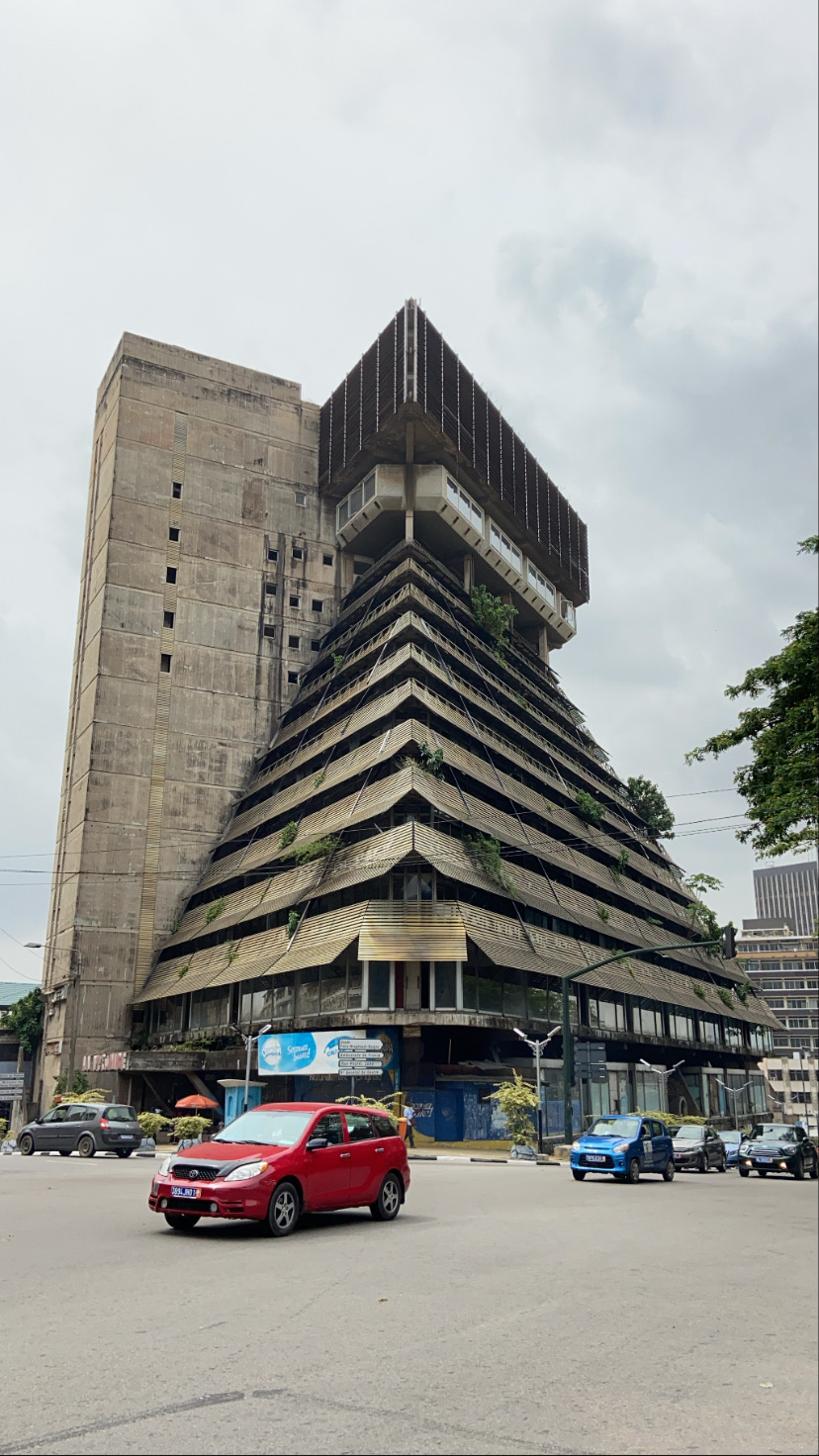
Petit-Frère photographed several modern architecture buildings in Abidjan, Ivory Coast, inspired by Hood Century’s documentation process
INFORMATION
Nana Ama Owusu-Ansah is a writer and photographer from London. She first wrote for Wallpaper* in 2021, in a series on the new vanguard of African designers practising in Africa and its diaspora. She is drawn to projects centring on decolonial approaches to art, architecture, as well as community and sustainability. Nana Ama read Economics and Spanish at University of St Andrews, and, as an avid linguist, is passionate about using accessible language to invite new audiences to engage in design discourse.
-
 Put these emerging artists on your radar
Put these emerging artists on your radarThis crop of six new talents is poised to shake up the art world. Get to know them now
By Tianna Williams
-
 Dining at Pyrá feels like a Mediterranean kiss on both cheeks
Dining at Pyrá feels like a Mediterranean kiss on both cheeksDesigned by House of Dré, this Lonsdale Road addition dishes up an enticing fusion of Greek and Spanish cooking
By Sofia de la Cruz
-
 Creased, crumpled: S/S 2025 menswear is about clothes that have ‘lived a life’
Creased, crumpled: S/S 2025 menswear is about clothes that have ‘lived a life’The S/S 2025 menswear collections see designers embrace the creased and the crumpled, conjuring a mood of laidback languor that ran through the season – captured here by photographer Steve Harnacke and stylist Nicola Neri for Wallpaper*
By Jack Moss
-
 We explore Franklin Israel’s lesser-known, progressive, deconstructivist architecture
We explore Franklin Israel’s lesser-known, progressive, deconstructivist architectureFranklin Israel, a progressive Californian architect whose life was cut short in 1996 at the age of 50, is celebrated in a new book that examines his work and legacy
By Michael Webb
-
 A new hilltop California home is rooted in the landscape and celebrates views of nature
A new hilltop California home is rooted in the landscape and celebrates views of natureWOJR's California home House of Horns is a meticulously planned modern villa that seeps into its surrounding landscape through a series of sculptural courtyards
By Jonathan Bell
-
 The Frick Collection's expansion by Selldorf Architects is both surgical and delicate
The Frick Collection's expansion by Selldorf Architects is both surgical and delicateThe New York cultural institution gets a $220 million glow-up
By Stephanie Murg
-
 Remembering architect David M Childs (1941-2025) and his New York skyline legacy
Remembering architect David M Childs (1941-2025) and his New York skyline legacyDavid M Childs, a former chairman of architectural powerhouse SOM, has passed away. We celebrate his professional achievements
By Jonathan Bell
-
 The upcoming Zaha Hadid Architects projects set to transform the horizon
The upcoming Zaha Hadid Architects projects set to transform the horizonA peek at Zaha Hadid Architects’ future projects, which will comprise some of the most innovative and intriguing structures in the world
By Anna Solomon
-
 Frank Lloyd Wright’s last house has finally been built – and you can stay there
Frank Lloyd Wright’s last house has finally been built – and you can stay thereFrank Lloyd Wright’s final residential commission, RiverRock, has come to life. But, constructed 66 years after his death, can it be considered a true ‘Wright’?
By Anna Solomon
-
 Heritage and conservation after the fires: what’s next for Los Angeles?
Heritage and conservation after the fires: what’s next for Los Angeles?In the second instalment of our 'Rebuilding LA' series, we explore a way forward for historical treasures under threat
By Mimi Zeiger
-
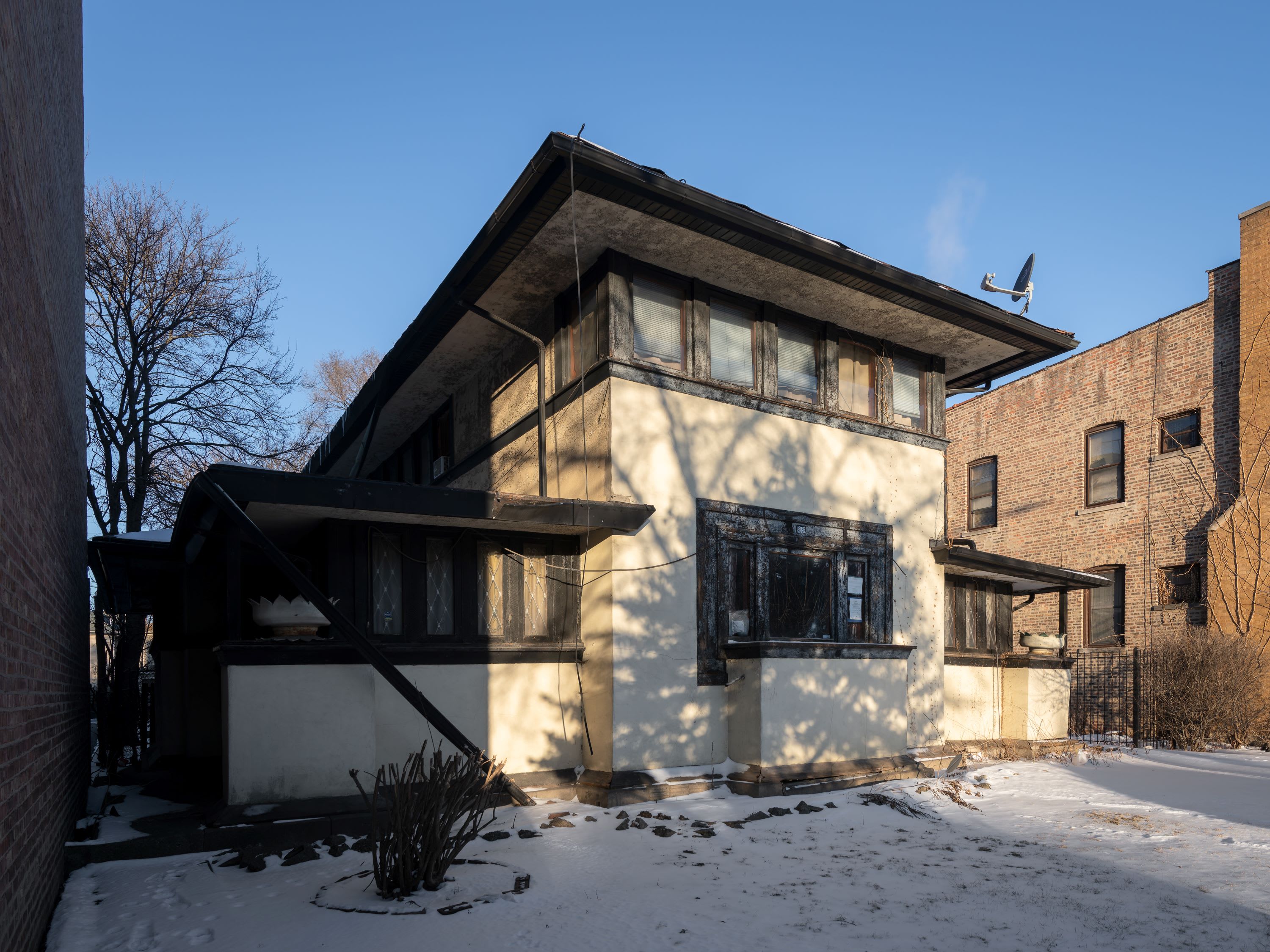 Why this rare Frank Lloyd Wright house is considered one of Chicago’s ‘most endangered’ buildings
Why this rare Frank Lloyd Wright house is considered one of Chicago’s ‘most endangered’ buildingsThe JJ Walser House has sat derelict for six years. But preservationists hope the building will have a vibrant second act
By Anna Fixsen